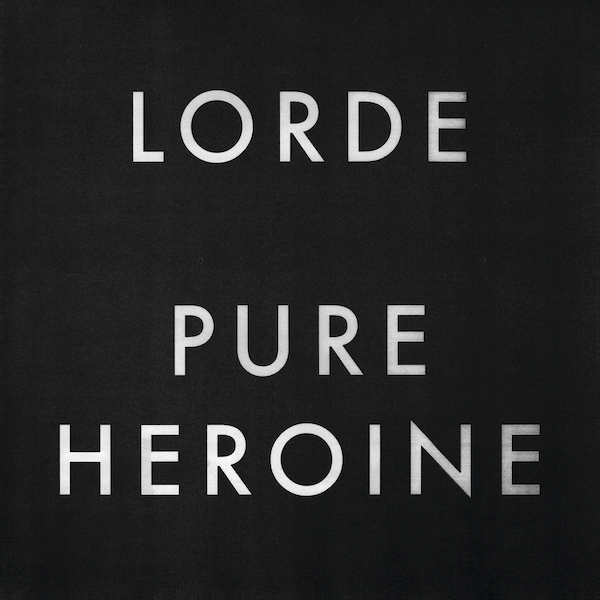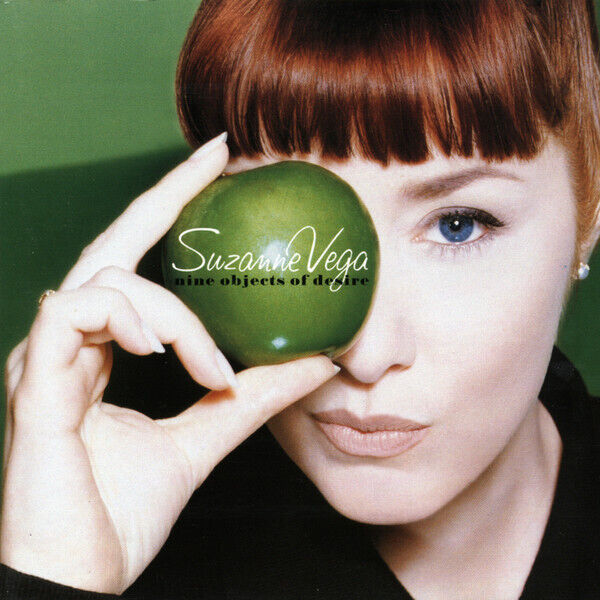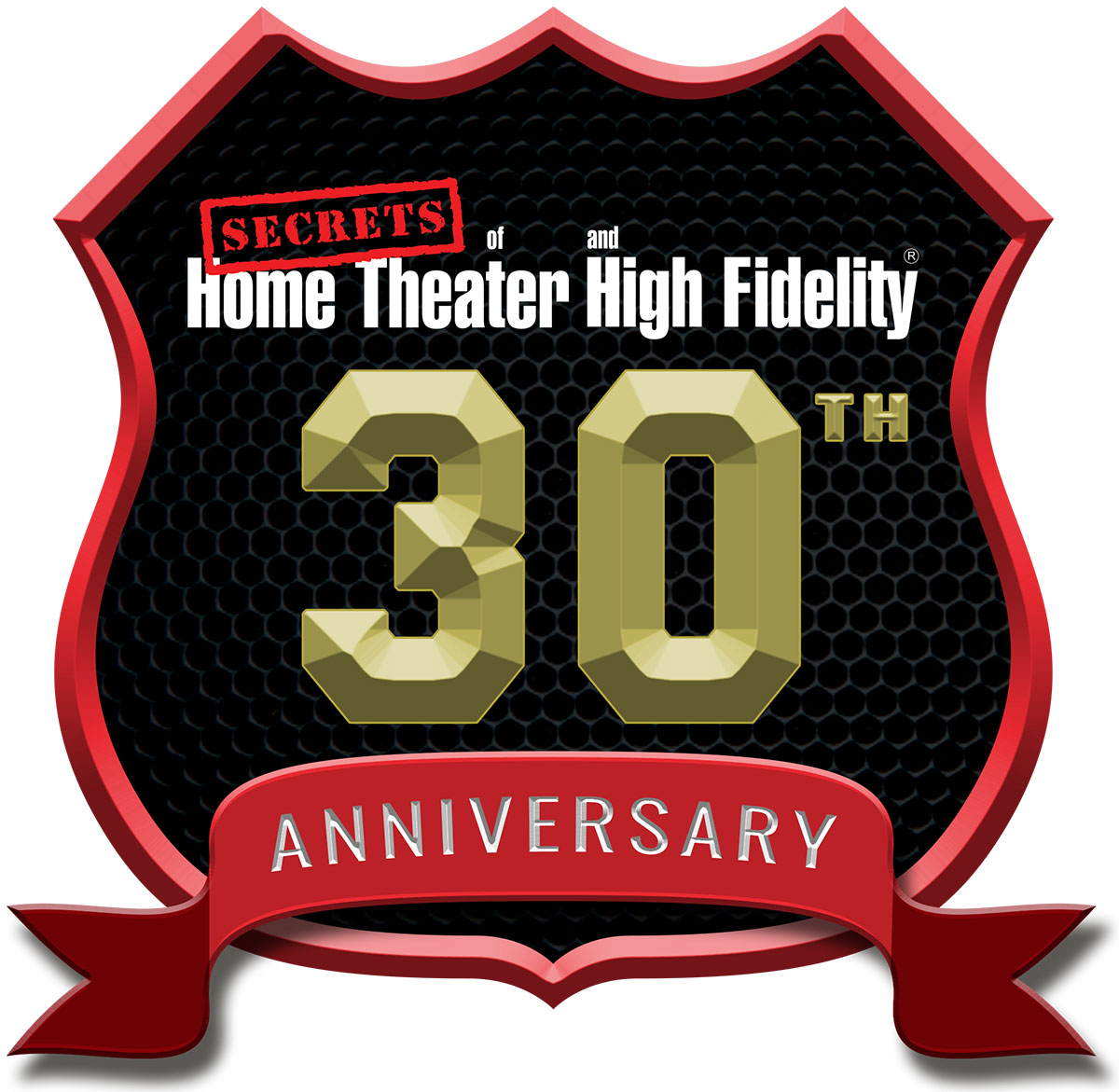In 2014, Rotel released the second generation of the RB-1582, dubbed the RB-1582 MkII including welcome additions like balanced inputs for compatibility with a wider range of upstream equipment.
The Rotel RB-1582 MkII and its predecessor have been in the Rotel lineup for around 16 years, which hints at the utility and popularity of this amplifier. As amplification for a 2-channel system, the RB-1582 MkII provides enough power to drive all but the most inefficient speakers. The internal build and specifications of the RB-1582 MkII will be a step up from most receivers and sub-$2000 integrated amplifiers, which provides a great upgrade path for people moving from devices with internal amplification to separates.
Rotel RB-1582 MkII Stereo Amplifier Highlights
- Robust build quality.
- Ten output transistors per channel provide low output impedance and lots of bass control.
- A smooth, slightly warm sound that should appeal to a broad range of listeners.
- Great protection circuitry to protect both the amplifier and your speakers.
- Includes rack mount ears and 12v trigger wire to ease installation.
- 5-year parts and labor warranty (non-transferable).
The Rotel RB-1582 MkII’s exterior is tasteful but minimal, which belies its internal complexity. Lifting the 39lb amplifier gives you an understanding that there is more going on inside than meets the eye. Indeed, the chassis is packed with more power supply, filtering capacitors, output devices, and heatsinks than are strictly required to deliver 200 watts of class A/B power into an eight-ohm load. The Rotel approach communicates a philosophy that good sound is achieved through robust design using high-quality components in ample quantities.
POWER:
200W/Ch (8Ω)
323W/Ch (4Ω)
TOTAL HARMONIC DISTORTION (THD):
(20Hz–20kHz) <0.03%
INTERMODULATION DISTORTION (60Hz:7kHz, 4:1):
<0.03%
DAMPING FACTOR:
800
SPEAKER IMPEDANCE:
4Ω minimum
FREQUENCY RESPONSE:
10Hz – 100kHz ±0.5dB
S/N RATIO (IHF “A” Weighted):
116dB
GAIN:
RCA: 26.5dB
XLR: 22.5dB
INPUT SENSITIVITY:
Line Level Inputs (RCA): 1.9V
Line Level Inputs (XLR): 3.0V
INPUT IMPEDANCE:
Line Level Inputs (RCA): 12kΩ
Line Level Inputs (XLR): 100kΩ
DIMENSIONS (W × H × D):
431 × 144 × 407mm
17″ × 5.7″ × 16″
FRONT PANEL HEIGHT:
3U / 132.6mm (5.25″)
POWER REQUIREMENTS:
120V, 60Hz
POWER CONSUMPTION:
550W
STANDBY POWER CONSUMPTION:
0.5W
NET WEIGHT:
17.6kg (39lbs.)
MSRP:
$1999
BTU RATING (4Ω, 1/8th power):
1104 BTU/h
Website:
Product Website:
Company:
SECRETS Tags:
Power Amplifier, Power Amplifier Reviews, Power Amplifier Reviews 2024, Rotel Reviews, Rotel Reviews 2024
Secrets Sponsor
A peek inside the chassis shows that Rotel engineers have not made the RB-1582 MkII as large as it is to merely make a visual impression – they have carefully filled the internal space with copious amounts of quality components. If anything, the RB-1582 MkII is about as small as it can be given all of the goodies inside.
Firstly, notice the substantial grounding plate in the center of the amplifier that also provides structural support for the four large power filtration capacitors that are bolted to it. Grounding all circuit boards to a common place is best practice and greatly reduces the chance of any ground loops within the amplifier. Toward the front of the capacitor block, we see a substantial toroidal power transformer encased in a perforated sub-chassis. This sub-chassis likely works as a Faraday cage, which should protect the transformer from external RF interference and prevent EMI leakage from the transformer out to other nearby components. Lastly, we can observe that amplification boards and heat sinks are constructed in a dual mono fashion (except for the shared power supply and input boards) and placed as far from each other in the chassis as possible, thus preventing proximity-based crosstalk. All of these things are hallmarks of a well-designed amplifier and give us the impression that the Rotel RB-1582 MkII is subtle on the outside but all business on the inside where it counts.
While what’s inside is generally most important, some external parts like input connectors and speaker binding posts can also impact performance. Here, we see high-quality unbalanced and balanced XLR connectors and substantial dual binding posts per channel for connecting speakers in a bi-wire configuration if desired. A toggle switch allows the selection of either unbalanced or balanced connections, and a second toggle switch allows disabling the 12v trigger, and connections for trigger in and out are provided.
The Rotel RB-1582 MkII was shipped double-boxed with well-designed foam inserts and plastic tape to cover the shiny front corners that may be more vulnerable to scratches. These corners can be removed to fit the rack mount brackets which are also included. The shipping box also includes a 12v trigger cable and a substantial detachable power cord to ensure that you have everything you need to set up the amplifier in any configuration you want.
The following equipment was used with the Rotel RB-1582 MkII in this evaluation:
Preamplifiers:
- Meridian G68 AXD
- MiniDSP 4×10 HD
Downstream:
- Koss ESP/950 Electrostatic Headphones Stax SRD-7 SB Speaker Adapter
- 3-way custom-built active loudspeakers with Morel and Scan-Speak drivers
Supplemental Amplification:
- EAD Powermaster 500
When evaluating power amplifiers, I like to use two very different approaches. First, I get an idea of the sonic signature of the amplifier using the most revealing downstream transducers possible. For this, I use Koss ESP/950 electrostatic headphones and a Stax SRD-7 Speaker Adapter which takes speaker-level outputs from the amplifier, adds a 580v static bias voltage, and uses step-up transformers to convert the high-current output of a speaker amplifier to the high voltages required to charge the electrostatic stators. The SRD-7 encapsulates much of the circuitry that you see inside larger electrostatic loudspeakers but on a smaller scale.
Second, I use more conventional dynamic speakers to see how the amplifier deals with their reactive loads. Because my DIY 3-way active loudspeakers normally use a separate amplifier channel for the tweeter, midbass, and woofers (3 amplifier channels per side, or six in all) I add an external 2-way passive crossover to allow the midbass and tweeter “mini monitors” to be driven by a single amplifier channel. After listening to these 2-way mini monitors full-range, I added the bass cabinets (powered with a separate amplifier) and external crossovers for a full-scale, full-range evaluation. After evaluating the amplifier at frequencies above 100Hz, I swap the amplifier under test onto the bass cabinets and put the companion amplifier on the “mini monitors” to see how the test amplifier handles dedicated low-frequency duties.

Jennifer Warnes, “The Hunter”
I decided to start with a song I’ve listened to on countless systems over the years. The first time I heard this song would have been shortly after its release in 1992 at a HiFi store in Kansas City.
I don’t remember the name of the store, but I do recall that I heard this song demoed on a Sonus faber 2-way stand mount speaker (probably a first-generation Electa Amator) with Mark Levinson amplification. I remember loving the muscular, effortless presentation that this combination provided and being floored that so much scale and dynamics could be summoned from such a small speaker. This simple stereo system was the best thing I’d heard in my audiophile journey up to that point and Jennifer Warnes’s “The Hunter” was the first song they played. I love this song because of its playful “double entendre” lyrics and its sonic mix of beauty and brawn. The song opens with a stringed ensemble playing simple staccato notes with subtle bass and drum backing and Jennifer Warnes’ intimate, controlled vocals. As the song progresses, the drums become much more present, and the song becomes more fun and much more dynamic.
Listening to this song through the Rotel RB-1582 MkII I found the sound to be somewhat more subdued than I was used to but without any hint of edge or grain. There seemed to be some omission of fine details and microdynamics compared to my reference EAD Powermaster 500 but, when macrodynamics were required, the Rotel delivered lots of power effortlessly for superb transients.

Lorde, “Pure Heroine”
Because the Rotel RB-1582 MkII had a mellow character with good power delivery, I was curious what would happen if I gave it some material with a lot of potentially unwieldy low-frequency content. For that test, I chose Lorde’s “Royals” off the “Pure Heroine” album. This song begins with Lorde’s vocals, a highly compressed finger snap sample, and drum and bass tracks that have great depth and decay on a capable system. My electrostatic headphones are not very good at handling this sort of low-frequency material, so I switched to my passive “mini monitors” in full range mode to see what would happen. With my EAD Powermaster 500, the sound had good scale for a small 2-way speaker, but the drum and bass sounded overly loose. This lack of control in the lower frequencies is likely due to the internal current limiting in the LM3886-based amplifier chips used in the EAD Powermaster 500 and the correspondingly low damping factor. This looseness is considered by some to be “warm” and pleasing, similar to what you often hear from tube amplifiers. With the Rotel, however, things were quite different. The RB-1582 MkII grabbed control of the speakers’ 7” Scan-Speak drivers and compelled them to deliver deeper, better-controlled bass. This control continued at even higher volume levels; controlled and powerful bass is clearly a forte of the Rotel RB-1582 MkII.

Suzanne Vega, “Nine Objects of Desire”
Next up was another gem of an album that I think is very underrated: Suzanne Vega’s “Nine Objects of Desire”. I bought this album when I first moved to Atlanta after college and immediately loved it. Nine Objects is full of chunky, trippy, layered, heavily produced songs that use lots of synthesizers and effects processing in unexpected places (like on the cymbals in the song “Headshots”). Suzanne Vega’s voice is superbly recorded with loads of detail and an enchanting directness and intimacy. When listening to the song “Caramel” through the Rotel RB-1582 MkII some inner detail is lost, but the smooth, sultry atmosphere of the song is conveyed very effectively. The song sounds like it’s recorded in a jazz bar that has the acoustic treatments of a recording studio. There is little sense of ambient space which is by design and this plays to the RB-1582’s somewhat understated presentation.
Secrets Sponsor
For bench testing the Rotel RB-1582 MkII, I used the following:
Oscilloscope (used for square wave signal generation and capture):
THD+N Measurements:
For power amplifiers, I like to start with square waves because the shape of the square wave tells you a lot about how the amplifier behaves when given a challenging signal. Things that you can determine from square waves include frequency response range/bandwidth, slew rate (the amplifier’s ability to respond to rapidly changing signals and high frequencies), and if there are any anomalies that could indicate instability or ringing. For this test, I used my Picoscope as the source for the square wave and as the measurement device. In the case of the Rotel RB-1582 MkII, we get an interesting result.
While many amplifiers round off the corners of the square wave (usually indicative of limited bandwidth or an intentional low pass filter above the frequency of the square wave that suppresses odd-order harmonics) we see a little overshoot with the RB-1582 MkII. The picture below shows a 10kHz square wave from the same test unit performed using an Audio Precision ATS-1 as the signal source where we do not see this overshoot.
After some discussion with Rotel and the distributor who provided the test unit, my hypothesis is that the ATS-1’s lower slew rate results in an easier signal for the amplifier to handle (and perhaps is more like what you’d see in actual music). In normal use, the overshoot likely won’t happen at all and in my listening and other tests, I found no cause for concern.
With this little mystery solved, I continued to measure other facets of the Rotel RB-1582 MkII’s performance. Power output was impressive and exceeded the specified power ratings just before the onset of clipping:
- 8Ω RMS output, two channels driven: 217.78 W
- 4Ω RMS output, one channel driven: 403.80 W
Because the minimum load impedance specified for the RB-1582 MkII is 4Ω and the maximum power consumption is rated at 550W (it would need to be >1600W for full power into a 2Ω load), I didn’t test with lower impedances. Within its stated design parameters, the RB-1582 MkII’s results are excellent with a doubling of power into a halved impedance on a single channel. It would be interesting to see what this amplifier could do with a larger power transformer as its ten transistors per channel are clearly capable of delivering 400 watts per channel (800 watts total) into four ohms and probably even more into lower impedances.
I’ll also mention that the protection circuitry on the RB-1582 MkII kicked in momentarily during disconnecting and reconnecting the unbalanced cables and at one point during high-frequency, high-power testing. This gives peace of mind that the amplifier knows its limits and will intervene if it sees something wrong. The protection circuitry was never activated during normal listening.
Rather than testing total harmonic distortion at full scale at 1kHz as many do, I prefer to understand what the amplifier is doing over a broader range of frequencies and at a more reasonable output level. So, I do a frequency sweep from 10Hz to 20kHz at 5 watts RMS into 8Ω instead. For reference, 5 watts will usually produce somewhere between 85-105dB sound pressure level depending on the connected speaker’s efficiency. I personally find 85dB to be quite loud for extended listening sessions. (I usually listen in the 75-80dB range for longer sessions to protect against hearing damage.) At 5-watt levels, we see that total harmonic distortion is dominated by 3rd-order products up to about 2.5kHz where 2nd-order distortion takes over. At 20kHz, distortion is about 0.04% which is very close to the manufacturer’s published <0.03% THD.
The right channel had slightly higher distortion peaking at 0.05% THD (again dominated by 2nd order products). Throughout the “heart” of the audible frequencies from 10Hz up to 2.5kHz, distortion was below 0.01% in both channels.
Dual-tone (CCIF 19kHz+20kHz) intermodulation distortion taken at 5 watts (or -16.59 dB below full scale for A-B peak samples) shows three visible peaks around the dual-tone fundamentals that are -80dB below the fundamentals and further products at higher frequencies (beyond the range of human hearing) that are -68dB below the fundamentals.
As with total harmonic distortion figures, the right channel is a tiny bit worse at -78dB peaks around the fundamentals and -63dB higher-frequency products.
High-quality components in the Rotel RB-1582 MkII give you a taste of the build quality of elite audiophile amplifiers at a lower price.
- A buttery-smooth, polite character that is not fatiguing during long listening sessions.
- Very high-quality components throughout.
- Balanced and unbalanced inputs.
- 12v Trigger Input and Output.
- Rackmount accessories and 12v trigger wire included.
- 200 watts of clean power per channel at 8 ohms that doubles to 400 watts into 4 ohms (one channel driven), indicating ample output current for low impedance loads.
- Excellent control in the low frequencies that will make speakers produce more accurate and powerful bass.
- Very good protection circuitry.
- 5-year warranty.
- A little more tweaking to reduce the square wave overshoot for a very high slew rate input.
- A bit more detail.
- Better channel matching.
- A transferable warranty.
- A bigger power supply to allow even more power delivery to low-impedance speakers.
The Rotel RB-1582 MkII is a powerful 2-channel amplifier with a soft, refined sound and excellent low-frequency control and dynamics. If you have a 2-channel system that needs more power or a home theater system that needs more “oomph” for its main channels and your tastes favor ease and refinement over maximum detail, this $1,999 amplifier should be on your list to evaluate.













